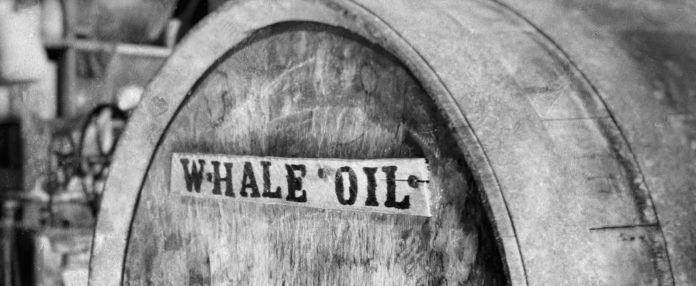A Brief Base Oil History
Base oils—albeit not in the modern sense—have been around in one form or another for ages. They have evolved from exceptionally humble beginnings to the sophisticated fluids used to craft today’s finished lubricants.
When considering the origins of lubrication and various forms of base oil, it is clear that what we now term “base oils” were the actual “lubricants” of the day and were not treated or blended with other constituents to form a cohesive finished product.
Water was the earliest form of lubrication, used to minimize friction and heat where two surfaces of either stone or wood came together. As requirements expanded in line with progress—like the Industrial Revolution—supplements of vegetable and animal oils were added to the original lubricant.
Some of the first vegetable oils used were olive oils, which date to the Roman Empire in Mediterranean and Middle Eastern countries. Meanwhile, castor oil was prominent in India, while palm and coconut oils were prevalent in some Far Eastern civilizations.
Animal oils, including lards and fats, were also early forms of lubrication for cart axles. These oils were developed to a greater extent during the 17th and 18th centuries when whaling and larger-scale fishing began. This led to the use of sperm whale oil, porpoise oil, other fish oils and tallow.
Early records indicate that some of the first tar products in Europe came from Archangel near the Arctic Circle in Russia and Stockholm, Sweden. These tars were produced with resins extracted from coniferous tree roots and employed directly as lubricants or modified with vegetable or animal oils.
Crude oil has been around for centuries, with tales of Egyptians setting fire to some material in the first century AD and stories of “Greek fire” in the Middle Ages. Eventually, through natural seepage, signs of crude oil were found around the world.
Unrefined crude, which was initially used as a direct lubricant, eventually was put through the distillation process when machinery dictated the development of new forms of lubrication. In the 18th and 19th centuries, military vehicles and equipment spurred innovation for efficient movement and extended machine life. With this came the birth of the petroleum industry as we know it today.
Crude was imported from larger sources both globally and locally. After World War I refineries took flight, leading to production of base oil, a vital component in the manufacture of finished lubricants.
The golden era for new base oil production was the 1950s when a plethora of oil majors independently opened a number of refineries producing Group I or Group I+ base stocks.
Quality and specifications varied depending on the type of crude being run and the refinery process. In the early 1980s, reinvestment in some original refineries took off with such processes as vacuum distillation, deasphalting, solvent extraction and dewaxing. But this happened in only a few of the existing production units—in the Western world, an overcapacity of base oils was growing.
Some refineries dropped base oil production entirely and concentrated on fuels, while the majors were going through processes of amalgamation, mergers and takeovers. This left significant refinery capacity surpluses. These were also high-cost operations, which if rationalized could improve the bottom line of every company’s balance sheet. The outcome was a contraction of refinery capacity and a loss of base oil production from these sites.
In the 1980s, the oil majors lost interest in direct sales of base oils and started appointing agents or distributors to move those products. The only companies in Europe that did not do this were the nationals, like Elf and Total in France, Petrogal in Portugal, Cepsa and Repsol in Spain, and Agip in Italy, where government control maintained the production of fuels and base oils from every location.
These national companies sought to supply their in-house requirements and local domestic markets with base oils. But when it came to placing excess production into export markets these corporations relied on third parties to move quantities by selling on a free-on-board basis from each refinery. The era of base oil traders was born to supply developing markets in which local base oil production could not meet demand.
Around 1990, following the adoption of the API classification system for base oils, new types of base oil were hitting the market and Group II was becoming the new workhorse base oil.
Regions like Europe were slow to take up this change because of the emphasis on Group I production in existing refineries. Europe held on to Group l production and used alternatives, like the addition of Group III and additives, to reach new global specifications. This has changed with the addition of Group II production in Rotterdam and the provision of Group III facilities in the United Kingdom, Spain and Finland.
The base oil journey has been an interesting one, spurred on by changing requirements for steam and internal combustion engines. Now perhaps another step is coming with the production of new lubricants for electrification of transport vehicles. The journey is moving toward highly refined base stocks, with Group II, Group III and Group III+ oils becoming prevalent.
For the future, there may be more progress with the inclusion of Groups IV, V and VF.
Ray Masson is director of Pumacrown Ltd., a trader and broker of petroleum products in London, U.K. Send him comments or topic suggestions at pumacrown@email.com.
